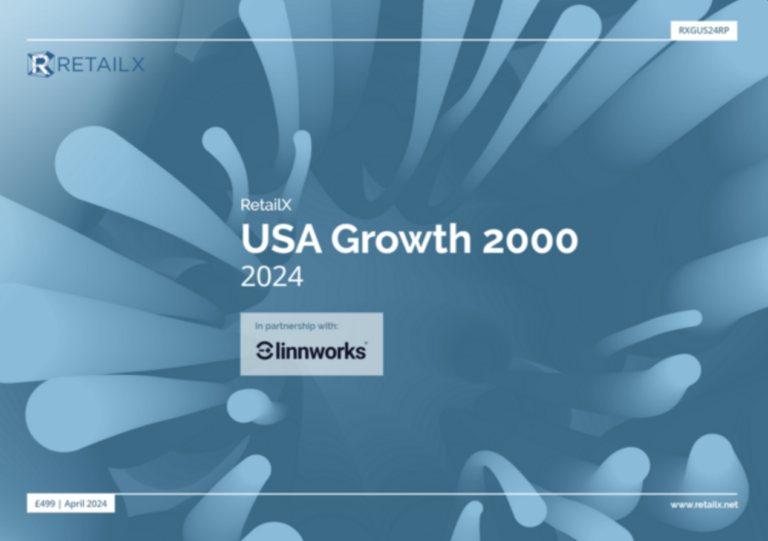Some 22.4% of retail sales took place online in September, the highest proportion since January this year, according to new figures.
The rise from 21.5% in September 2016 came as online sales of non-food products grew by 10.7% in September, according to the BRC– KPMG Retail Sales Monitor for September. That’s above average for both the last three months (10.0%) and twelve months (8.8%).
The index found that during the four weeks from August 27 to September 30 overall retail sales grew by 1.9%, on a like-for-like basis that strips out the effect of store openings and closures. That’s up from 0.4% growth recorded in September 2016. Total sales grew by 2.3% in September 2017.
But while online sales of non-food products grew, in-store sales fell by 1.5% in total, and by 2% on a like-for-like basis. Food sales grew, by 2.5% LFL and by 3.5% in total.
“September saw a second consecutive month of relatively good sales growth which should indicate welcome news for retailers and the economy alike,” said Helen Dickinson, chief executive of the BRC . “Looking beneath the surface though, we see that much of this growth is being driven by price increases filtering through, particularly in food and clothing, which were the highest performing product categories for the month. Retailers have worked hard to keep a lid on price rises following the depreciation of the pound, but with a potent mix of more expensive imports and increasing business costs from various government policies, something had to give at some point.
“From a consumer perspective, spending is still being focussed towards essential purchases; with consumers buying their winter coats and back to school items, but shying away from big ticket items such as furniture and delaying the renewal of key household electrical goods. Online has been the biggest beneficiary of the resilience in consumer spending capacity in the last two months, sustaining a return to double digit year on year growth figures as shoppers responded well to discounts and the ongoing investment by retailers in improving the mobile shopping experience.
“September’s overall growth may increase the likelihood of an uplift in interest rates in November. So with stronger headwinds brewing, it’s vital government keep a tight lid on those costs under its control, which impact on retailers, the cost of doing business and ultimately consumers. The Chancellor has a great opportunity to do just that in his upcoming budget by not adding yet another rise on the business rates bill of every retailer in the country.”
Paul Martin, head of retail at KPMG UK , said: “September’s performance will have left many retailers with smiles on their faces, with sales up 1.9 per cent on a like-for-like basis, compared to last year.
“Children’s clothing clearly hit the mark as one of the leading categories in the month, whilst the August bank holiday and favourable autumnal weather lent a helping hand to non-food sales. Grocers will also be feeling the warmth having performed particularly well, as food and drink remains in high demand with shoppers – although food price inflation continues to be a key driver of this growth.”
“Non-food online sales continued to soar with double digit growth, outpacing the uptick seen on the high street.
“However, with potential interest rate rises on the horizon, shaky consumer confidence and ever increasing levels of household debt, uncertainty remains. We’re now moving into the final quarter, which will ultimately define whether 2017 has been a good or bad year for retailers.”
Commenting on performance in the food and drink sector, Joanne Denney-Finch, chief executive of the grocery analyst IGD, said: “September was a consistently strong month for food and grocery sales with little variation from week to week. This extends the good run from spring into autumn, albeit driven more by rising prices than volumes.
“After several months of inflation, a growing number of people are taking more time to hunt down value. Just under half (46%) of shoppers now say they usually look for the cheapest products, even if it takes more time, versus 40% in March.”









